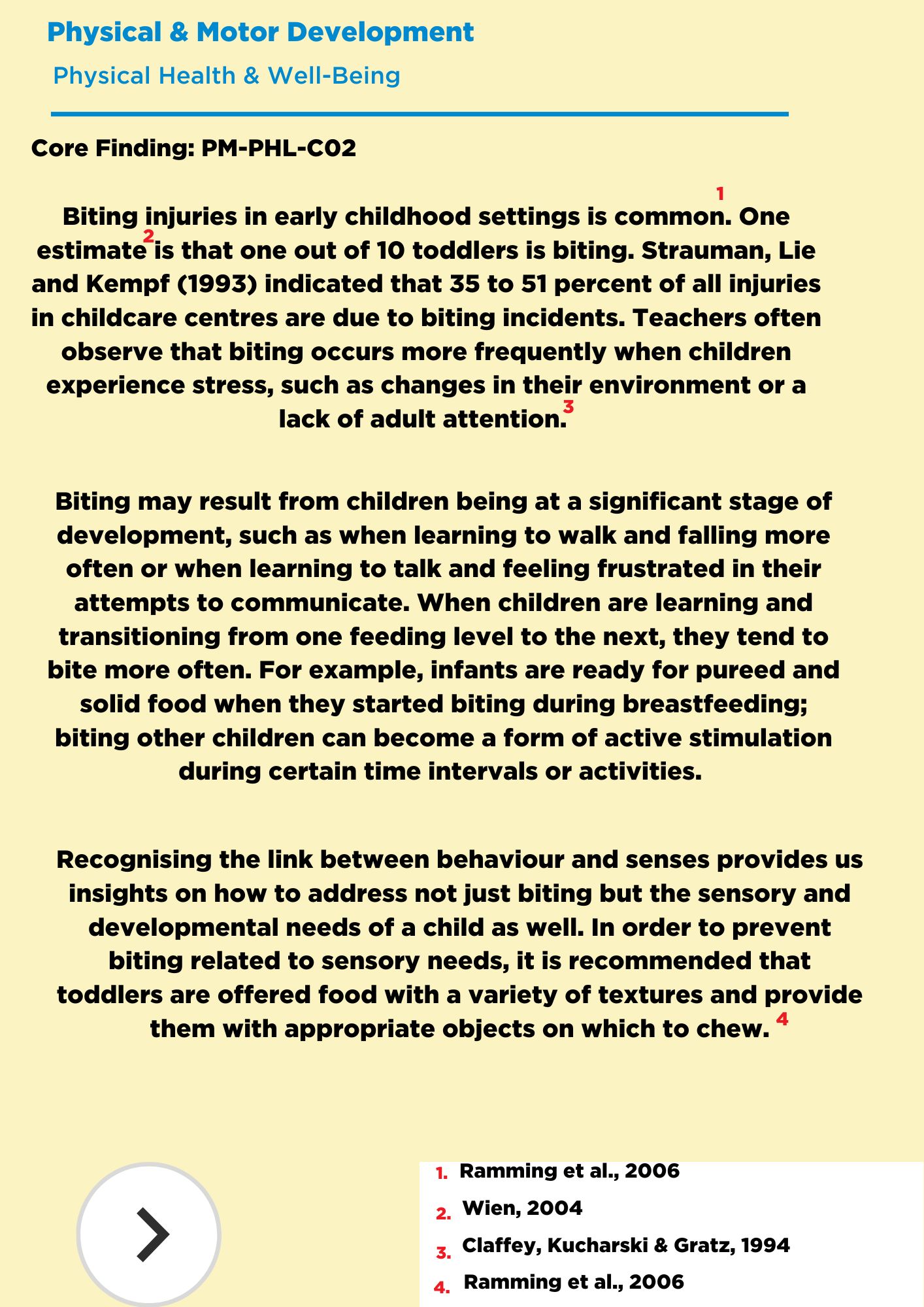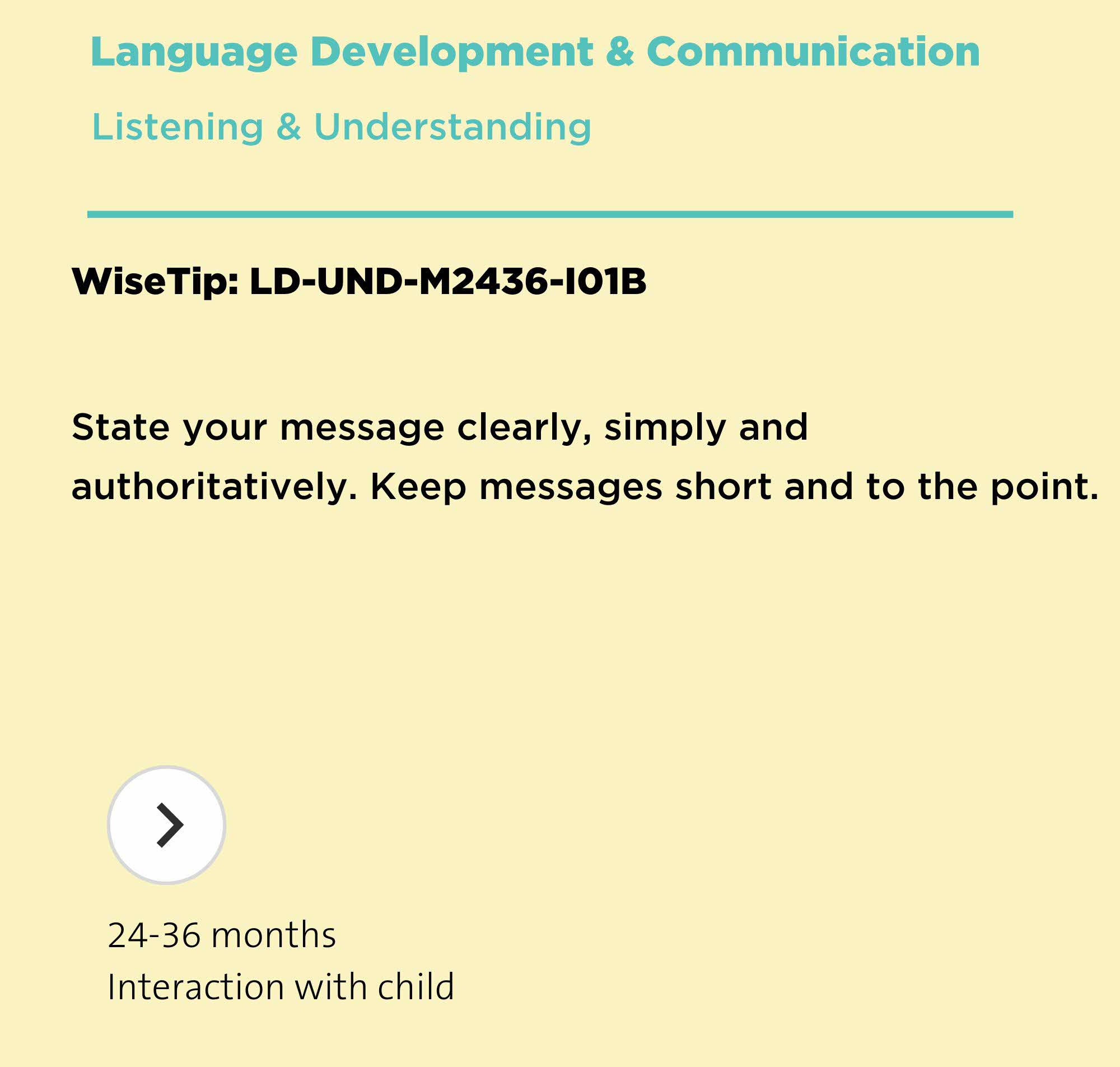Photos taken in collaboration with Ang Wei Ming
Biting is a very common behaviour among babies and toddlers. Studies have shown that this behaviour is especially prevalent among children between 13 to 30 months.
It’s important to address biting as soon as it starts. You can steer your child in the right direction and help them understand – even at a young age – that biting hurts others and is unacceptable.
So why do babies bite?
When babies and toddlers are teething, they may bite on objects or even people can help ease the discomfort associated with tender, swollen gums. Some breastfeeding mums get bitten by their nursing infants and toddlers often.
Another reason for biting is exploration – babies and toddlers learn through their senses and may explore a new toy or object with their mouths by biting on it. As they begin to understand cause-and-effect, they also might bite a person to see if they can get a reaction.
Biting also can be a way for toddlers to get attention or express how they're feeling. As they lack the necessary language skills for expressing their needs or feelings like anger, frustration and joy, they may bite to convey what they want: “Stop that!” or “I need some attention!”
Trying your best to understand the underlying cause of the biting will figure out how to respond effectively and make it more likely that you will be successful in eliminating the behavior.
The most important thing to avoid labelling your child as a “biter”, as this may lead to them taking on the identity assigned to them, intensifying the biting behavior rather than eliminating it.
CREATING A "BITE-FREE" ENVIRONMENT
Here are some ways to respond if your child is biting others.
1. Keep your cool
When your child bites someone, you might feel embarrassed, frustrated and worried. It’s normal to feel this way, but reacting when you’re upset is usually not a good idea. Calm yourself before you say anything – count to 10, take deep breaths or do whatever that works for you.
2. Reinforce the "no biting" rule at all times
Every time your child bites, consistently respond to the behaviour with a firm, “Do not bite!”
Keep it very simple and easy to understand.
3. Use positive reinforcement
Some children associate biting with receiving attention, and they continue the habit once they realise it works.
When you reward your child with praise for responding to a situation with their words and exercising self-control, they’ll seek "positive" attention instead.
For older toddlers, incentives such as sticker charts, where every day without biting earns them rewards, can be a powerful motivation tool.
4. Acknowledge your child’s emotions.
Tantrums, and in extension, biting, often happen between one and three years old when children are learning how to express themselves using language. During this time, they are developing emotional regulation skills to handle more intense emotions.
Verbally label and affirm their emotions, and teach appropriate actions when they are calmer. As your child’s language skills develop, help them find better ways to express negative emotions.
For example, teach your children phrases that they can use to let others know they are upset or frustrated. For example: "I can see you are upset – I would feel that way if I can't get that toy too, but asking for it nicely may be a better way than biting."
5. Teach them how to self-regulate
At this age, children may also be developing self-awareness and a growing sense of independence. Tantrums and biting are ways for them to express and manage feelings and understand or change what's going on around them.
Parental "co-regulation" was found to be effective in helping toddlers with self-regulation. Co-regulation involves co-teaching and coaching self-regulation skills through modelling, instruction or prompts, and practice opportunities.
Caregivers can teach toddlers how to self-regulate by being responsive to their needs, and modelling how to regulate their responses through calm assurances.

